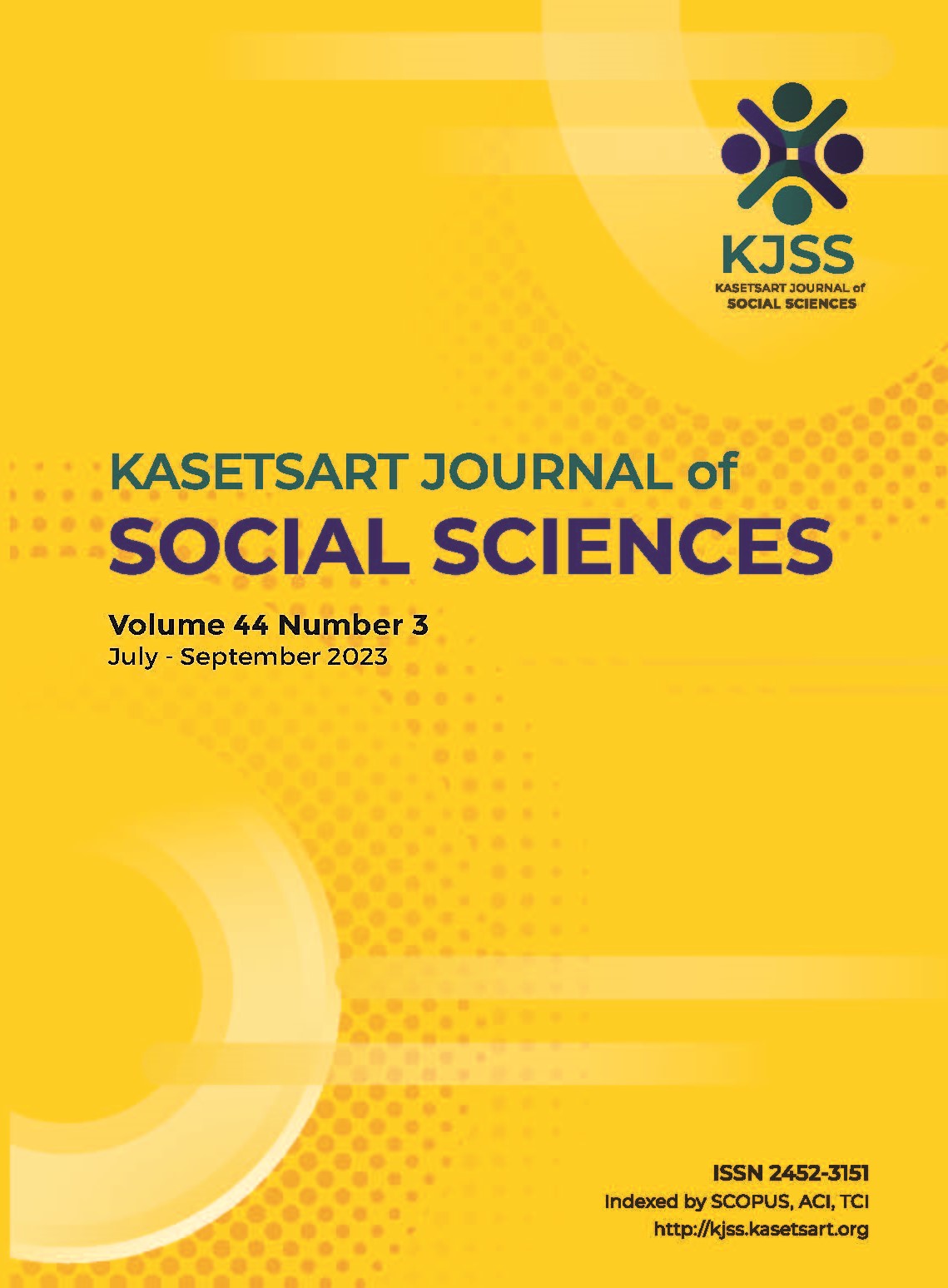Geosemiotic analysis of commercial outdoor signs in north Bali urban area, Indonesia
Keywords:
commercial signs, geosemiotics, linguistic landscapeAbstract
The article reveals the place semiotic elements as a part of geosemiotic analysis of the commercial outdoor signs in Singaraja city and Lovina tourist area in north Bali. It covers the signs’ code preference, inscription, and emplacement. The researchers collected 604 pictures of commercial public signs from both places. Observation and interviews were also conducted to obtain the data for a comprehensive place semiotic analysis. In terms of code preference, this study found that Indonesian is dominant in local people-oriented signs, and English is more dominant in tourist-oriented signs. It implies that the commercial ideology of the signs put aside the language policy factors. Surprisingly, Balinese, as the local language, is not found on the signs, but Arabic emblemed with Islam religion, exists on the signs as the combination of business and religious identity. The inscription analysis shows that Roman script is the most dominant orthographic system, followed by Balinese and Arabic. In this case, the touch of local language policy supports the existence of Balinese script on the signs for transliteration only. Then, the emplacement analysis reveals that situated semiotics is the most frequent element due to the business location indexation. Decontextualization and transgressive elements were less frequently found since decontextualized signs are related to well-established brands, and transgressive signs are related to typical improperly placed commercial signs. The commercial signs do not align with the national and local language policy but emphasize profit orientation.
Downloads
Published
How to Cite
Issue
Section
License

This work is licensed under a Creative Commons Attribution-NonCommercial-NoDerivatives 4.0 International License.
This is an open access article under the CC BY-NC-ND license http://creativecommons.org/licenses/by-nc-nd/4.0/










